
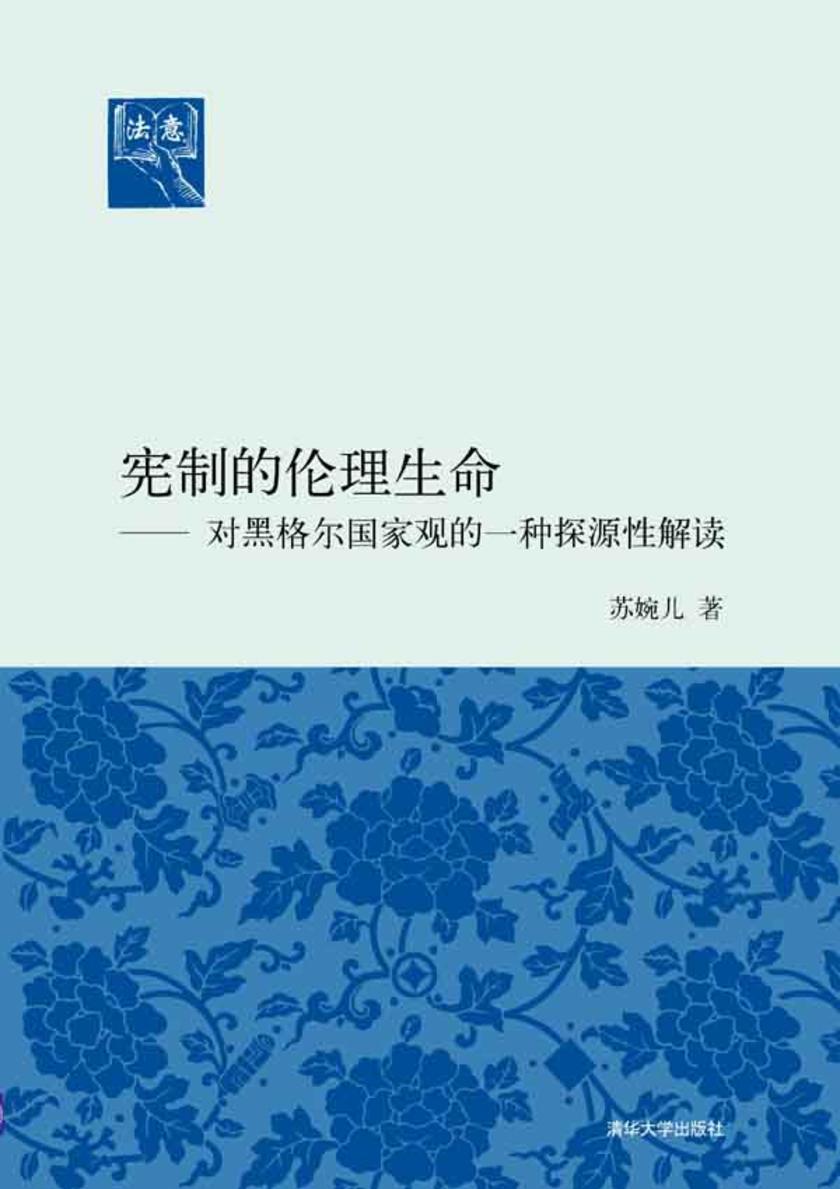
宪制的伦理生命——对黑格尔国家观的一种探源性解读
¥12.00
本书旨在追踪和阐释黑格尔国家观的主旨和意图,以贴近文本的精细解读,展示黑格尔如何以及为何将国家、国家的根本构造(宪制)与伦理生活、民族精神相勾连,如何借助对法权和自由的理解协调现代主体自由与国家的普遍性。
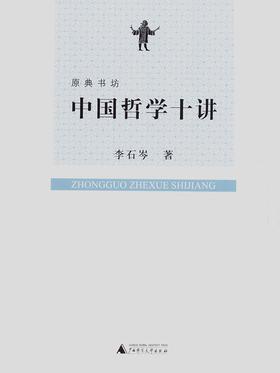
原典书坊 中国哲学十讲
¥12.00
本书是我国近代著名哲学家李石岑先生的代表作之一,也是在“中西比较”框架下行中国哲学研究的风气之作。作者首先从整体上对中西方哲学的几个重要发展阶段和代表性思想家加以对比,而后选取了中国哲学*重要的九个流派思想,深各派哲学文本,分别作详尽的评述,其援西中的研究路和精辟观在同时期的中国哲学著作中可谓独树一帜。

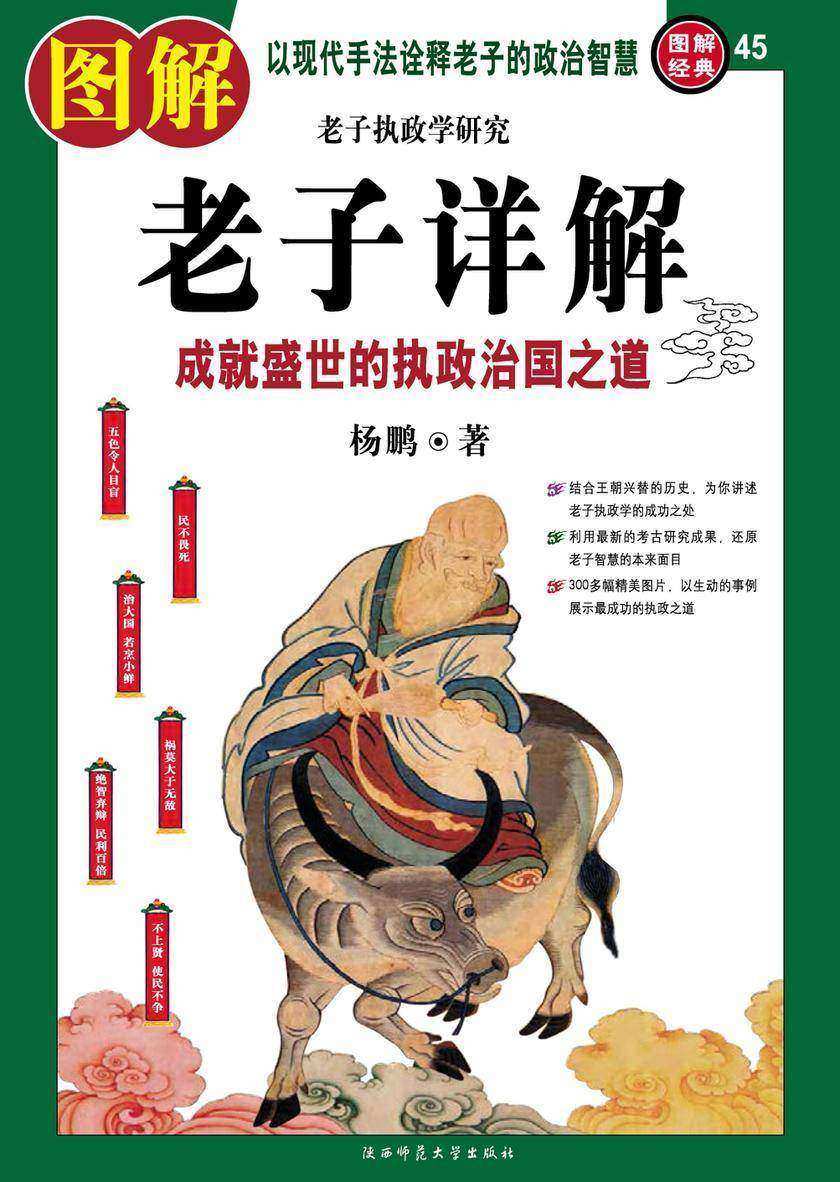
图解老子详解
¥12.00
《图解老子详解》便是一本从执政学角度解读《老子》的开拓性著作。作者在书中深入挖掘了老子的执政治国思想,并指出了老子对执政者的要求,特别论证了老子自然秩序思想对现实政治的积极意义。《图解老子详解》还有如下鲜明特点:一,本书坚持用老子注解老子、以中国历史注解老子、以贯穿全书的与儒家思想的对比来注解老子;二,本书解说的正文,极少堆砌专业性的论证资料,文笔流畅,具有极佳的可读性;三,创新的编辑手法和大量珍贵的图片,是本书的一大亮点,以图释意,从而更有利于读者理解和把握老子思想的精髓。

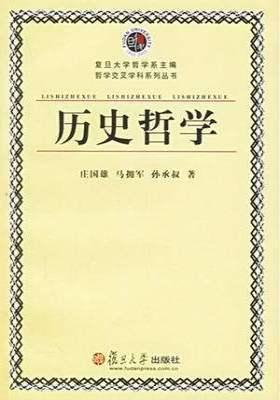
历史哲学
¥12.00
人类的存在,在时间中的展开,即为历史。从初的历史意识到成熟的历史观以及系统的历史哲学,人们一直关注着自己的历史命运。对历史和历史学的哲学思考,归根到底是对人的存在的思考。本书是对历史哲学这门比较特殊的交叉学科的介绍与研究。绪论和章,着重分析了历史哲学的学科性质、特点和地位,概述了历史哲学的发展过程——包括西方历史哲学和中国古代历史哲学思想的演变。第三章至第七章,分别就历史主体、历史单位、历史进步和历史分期、历史过程的必然性和规律性、历史过程的统一性和多样性,以及历史认识等问题,作了深入的探讨和分析,叙述和评价了历史哲学重要思想家的相关看法,并且试图给出唯物史观在这些问题上的观点或研究思路。全书的后,对历史哲学的当代意义进行了讨论,指出了它对于思考人类命运、历史前景的重大意义。

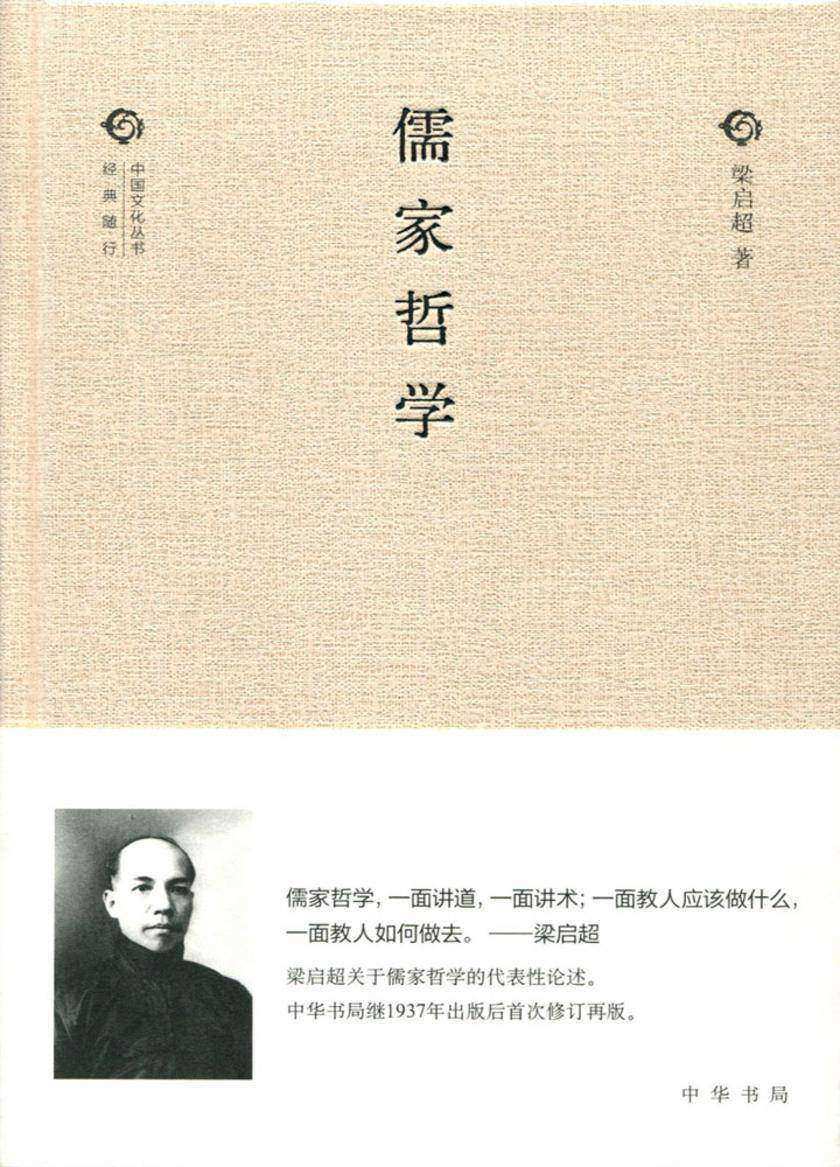
儒家哲学 中华书局出品
¥12.00
《儒家哲学》收录了梁启超在清华大学关于儒学的深入浅出的讲演稿。他围绕学术界及读者所关注的重点问题,讲述了儒家发展的历史。尤其是他注重哲学与经学的结合,关注哲学与人生的联系,讲述中常洋溢着充沛的感情,因而极具感染力。他出入于学问与社会之问,讲述简洁明了,观点明确新颖,常有发前人所未发之见。对于儒家哲学方面的研究成果,从儒家哲学、儒家政治哲学和儒教这三个方面进行阐述。

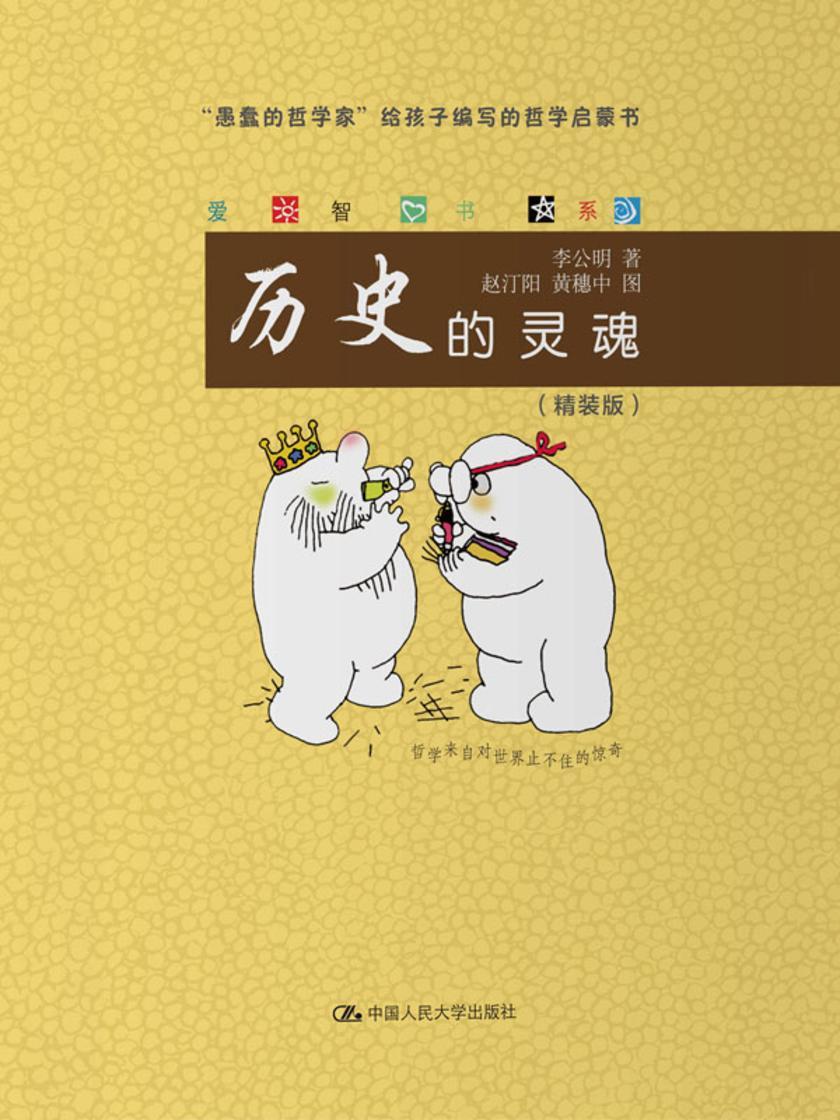
历史的灵魂(爱智书系)
¥12.00
从喜欢听故事、喜欢追问故事的结局开始,总有一天你会蛮有兴趣地追询人类过去的时光,感受到思接千载、探幽搜奇的无上喜悦。尽管你不一定选择历史研究作为职业生涯,但是你可能也会对历史本身感到惊奇或迷惑:历史究竟是什么?历史有什么用?历史是偶然的还是必然的?历史学是科学还是艺术?对历史学家应该怀疑还是相信?……所有这些问题,都可以说是对“讲故事”本身提出的疑问,我将在这本小书里和朋友们讨论这些问题。

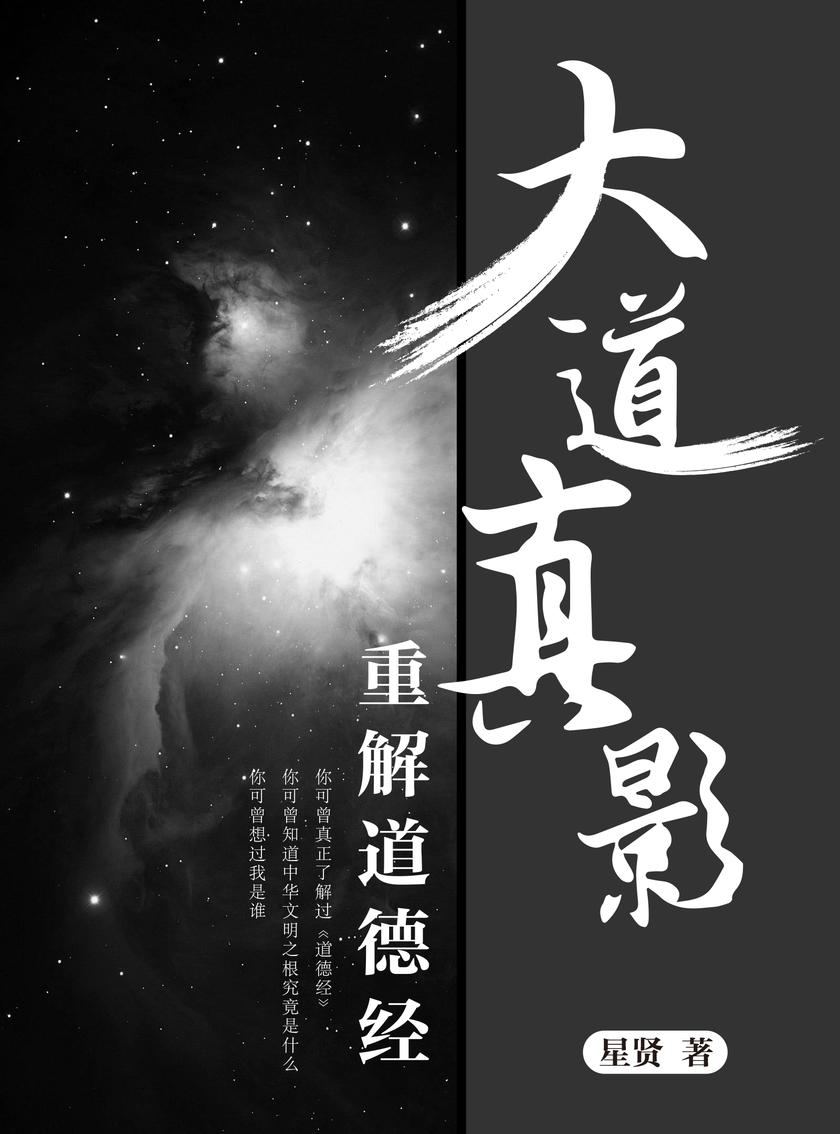
大道真影——重解道德经
¥12.00
编辑推荐 ◆你可曾真正了解过《道德经》?你可曾知道中华文明之根究竟是什么?你可曾想过“我”是谁? ◇《道德经》是中国传统文化代表性的一部著作,其在华人世界中的地位就相当于《圣经》之于西方文明。 ◆近年来,这部带有神秘色彩的东方玄学经典对世界的影响力越来越大,已经翻译成数十种文字在世界各国广泛发行。 ◇本书即将用现代的语言,为你重新解读关于《道德经》中的传统故事。 内容简介 自古以来,对《道德经》的解读著作有上千种之多。 然而,由于《道德经》的版本差异问题,使得如此重要的一部经典,始终没有得到相对准确的解读。 从目前的考古情况来看,《道德经》有三个主要的版本,即通行本、帛书本、楚简本。 其中通行本流传为广泛,市面上绝大多数的解读都是针对此版本进行的。 帛书本的年代早于通行本,根据帛书本已经可以发现通行本的诸多谬误之处。 而楚简本是目前接近老子原作的版本,但由于楚简文字难以辨认,且多有失传,因此对楚简本的解读更是难上加难。 本人在对楚简本《道德经》及其它古本进行严密校订和全面破解的基础上,对经文做了重新排序,以使其文意畅达、条理清晰。 本书对通行本《道德经》的修订多达133处,故此这部传世经典将以一个全新的面貌呈现在广大读者面前。 中华复兴在即,希望借此契机能让华夏文明的精华得到真实再现,并使中华大道文明得以传承延续。 作者简介 星贤,文化领域创作者,已开设知乎专栏:星贤论文化;喜马拉雅专辑:《道德经》之全面破解。
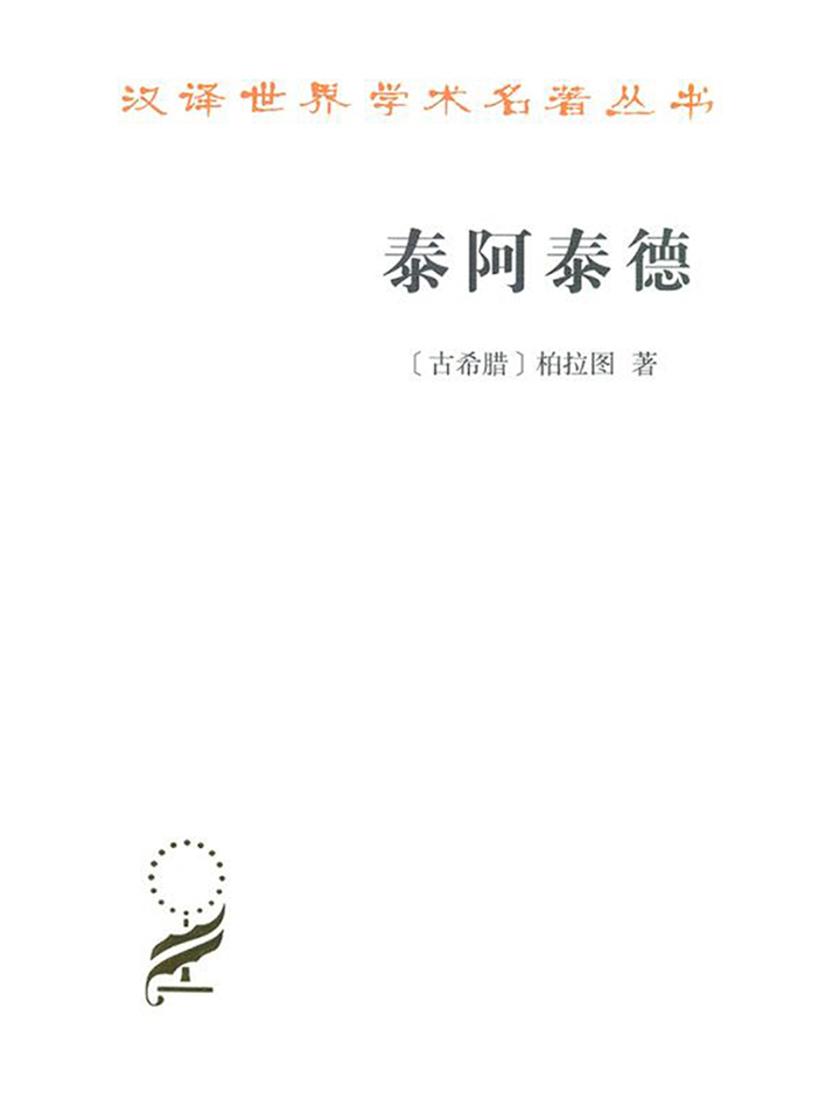
泰阿泰德16422-1
¥12.00
《泰阿泰德》是柏拉图的一篇重要作品,处于从中期对话录向晚期对话录过渡的阶段。它不可能是一篇早期作品,尽管在形式上它与早期对话录有相似之处,譬如,探究特定概念的定义,采用苏格拉底式的辩驳论证,以无结论的方式结尾,等等。《泰阿泰德》这篇对话录由两场谈话组成。前一场是欧几里德和特尔普西翁两人简短的铺垫性谈话。这两人都是麦加拉人,也是苏格拉底的追随者,在后者临死的时候,这两人都在场。欧几里德在这段简短的谈话中赞美了泰阿泰德,并说他曾经听苏格拉底向他转述了一场涉及泰阿泰德的谈话。欧几里德自称把这场谈话记录下来了,并且让仆人为特尔普西翁朗读出来。这读出来的内容就是《泰阿泰德》的主体部分,它是苏格拉底、塞奥多洛和泰阿泰德之间的一场哲学谈话,其主题是探究“知识”的本性。在结束谈话之时,苏格拉底说自己将去对付美勒托等人的控告。作者在此无疑暗示了苏格拉底的临死。这样,整篇对话录实际上处在临死的泰阿泰德和临死的苏格拉底之间;不难看出,柏拉图创作这部作品同时隐含着对这两人的纪念。

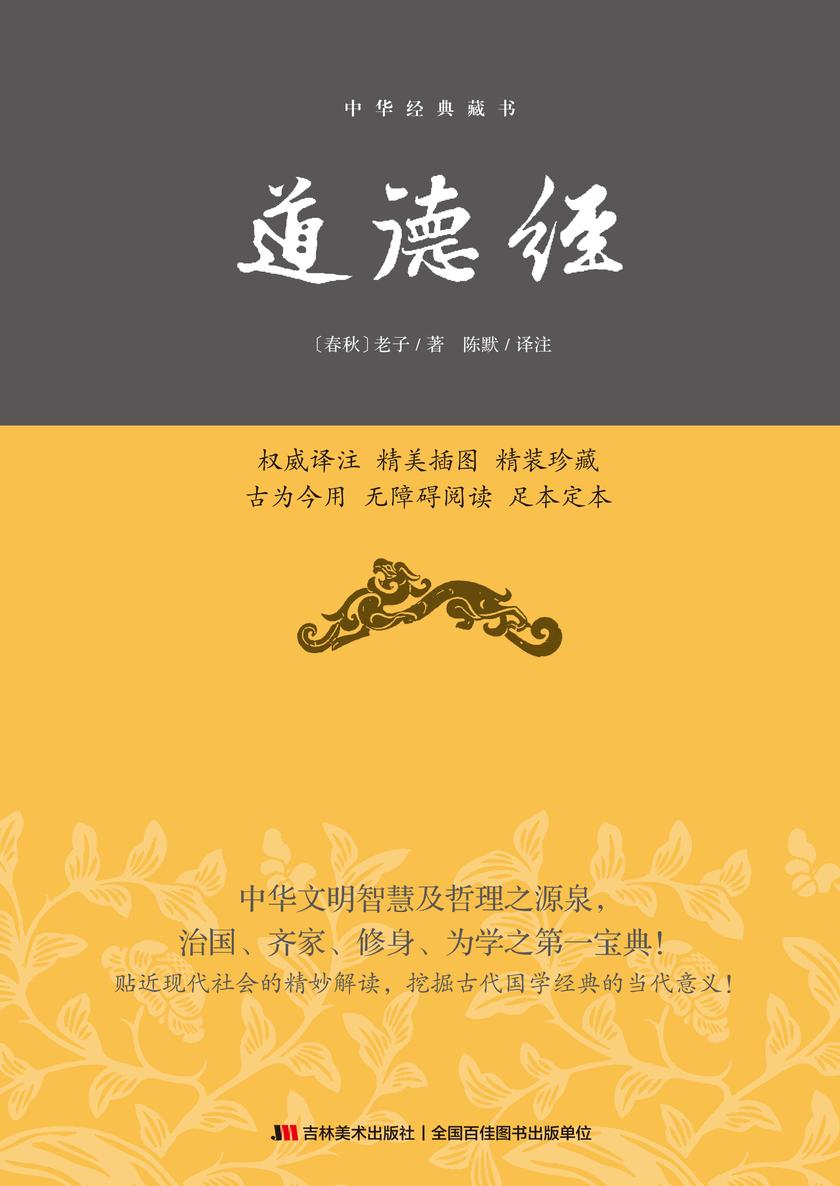
道德经:精装
¥12.00
《道德经》仅五千余言,但文约意丰、博大精深,涵盖哲学、伦理学、政治学、军事学等诸多学科,不仅对中国古老的哲学、科学、政治、宗教等产生了深刻的影响,而且对中华民族的性格铸成、政治的统一与稳定,都起着不可估量的作用。《道德经》做为中国历史上一部完整的哲学著作,被誉为“万经之王”。

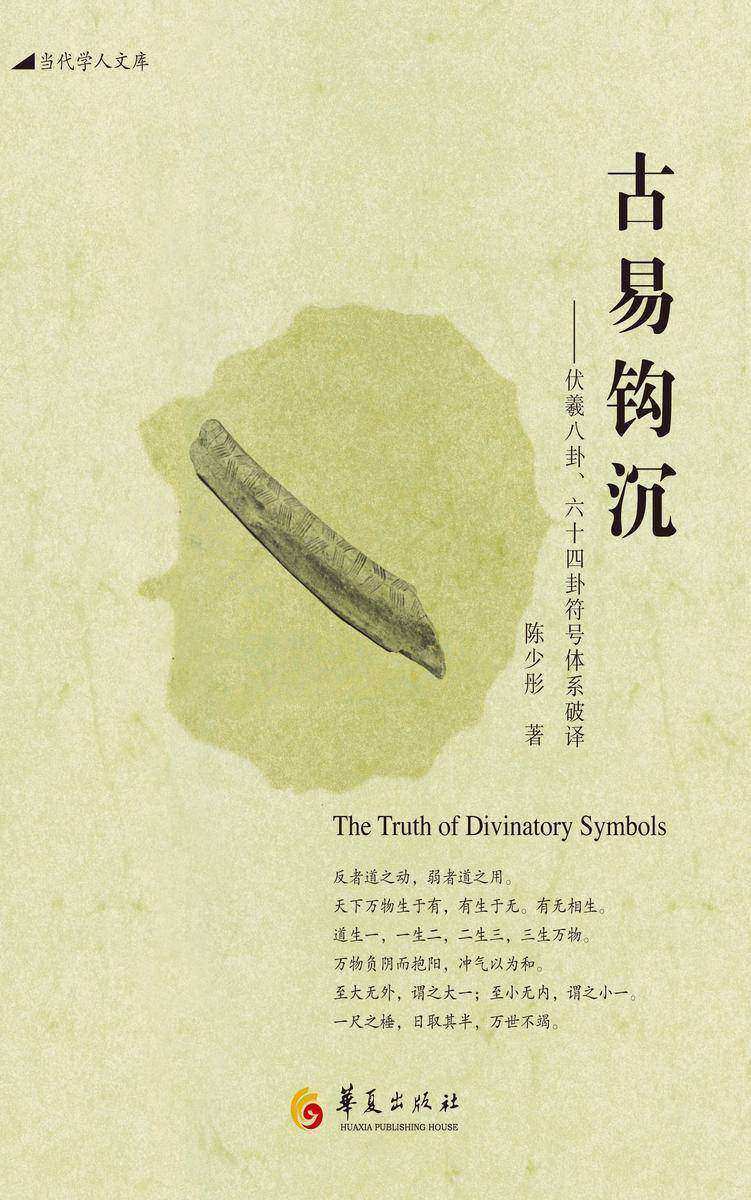
古易钩沉
¥12.00
中国易学以源远流长、深奥玄妙著称,普通人难以窥其藩篱。然而,在历史的深处,中华文明曙光初露之时,新石器时代青墩遗址的麋鹿角上,已有卦画的影子。这些远早于甲骨文的符号,到底是易卦的初始符号,还是原始文字,抑或是古老的数字?八卦之中除了易象易理,还藏有什么玄机?请看《古易钩沉》。


纽约大学的40堂创意思维课
促销价:¥4.99|¥11.99
“创造学”之父奥斯本经典著作之一。 本书探讨了如何利用想象力来提升生活质量和职业成功。在书中,奥斯本强调了情感驱动的重要性,他认为,情感驱动是自发的,无论是基于饥饿、恐惧、爱情还是野心。他建议,每个人都应该始终鼓励思考和表达创意。他认为,通过努力,每个人的创造力都可以得到提升,并提供了一系列提升创意思维的方法。 书中详细介绍了如何为提升创造力做准备,如何通过各种方法发散思维,寻找解决问题的新途径。例如,他提倡在寻找问题解决方案时,通过修改、增加、减少或重新排列元素来激发新的想法。 总之,本书是一本关于系统地培养和应用创意思维的实用指南,它适用于每一个希望在个人和职业生活中实现更大发展的人。

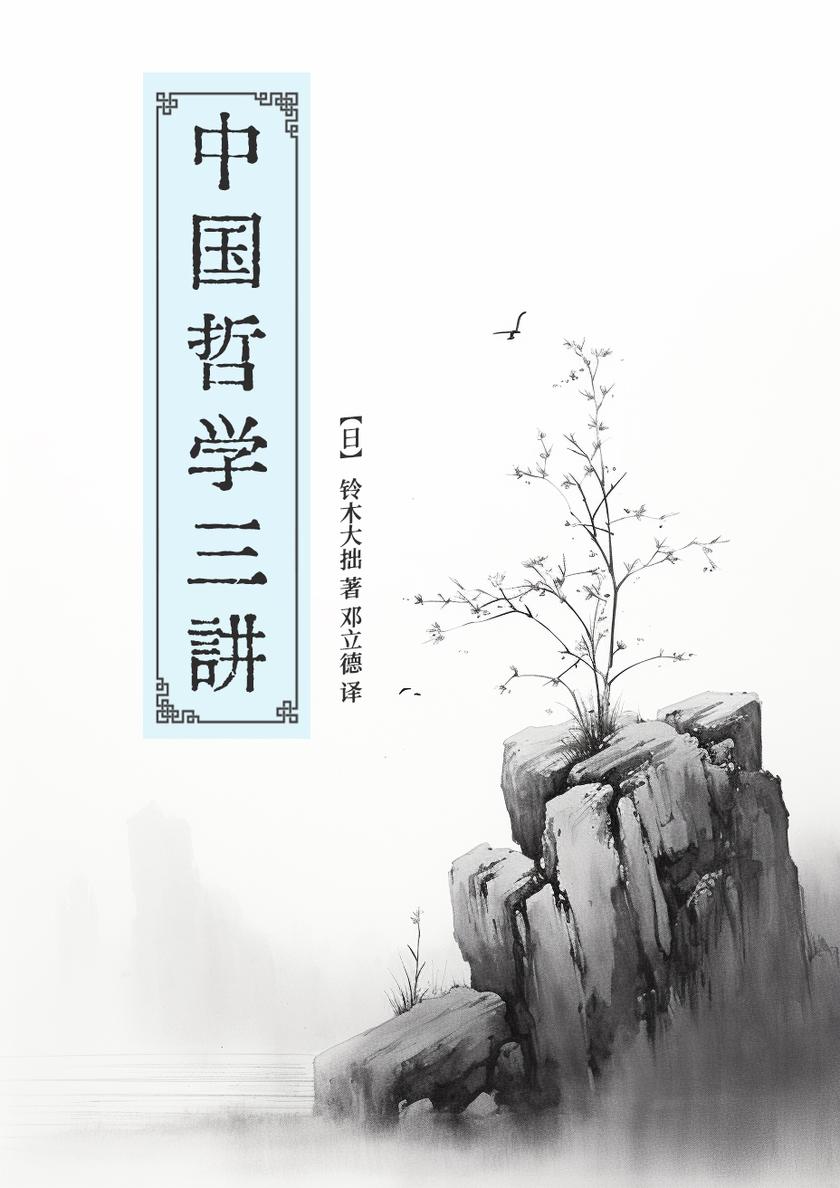
中国哲学三讲
促销价:¥4.99|¥11.99
本书详细介绍了中国早期哲学,特别强调了伦理和道德观念在中国文化和哲学发展中的重要地位,同时深入剖析了宗教对中国社会思想及行为模式的深远影响。作者通过深入探讨中国哲学,揭示了道德、伦理以及宗教观念是如何塑造中国社会思想和行为模式的。 此外,本书还对中国哲学的多个层面进行了深入分析,涵盖了儒家、道家等学派的伦理观、哲学观与宗教观,并深入探讨了这些哲学理念对个人及社会道德行为产生的深远影响。

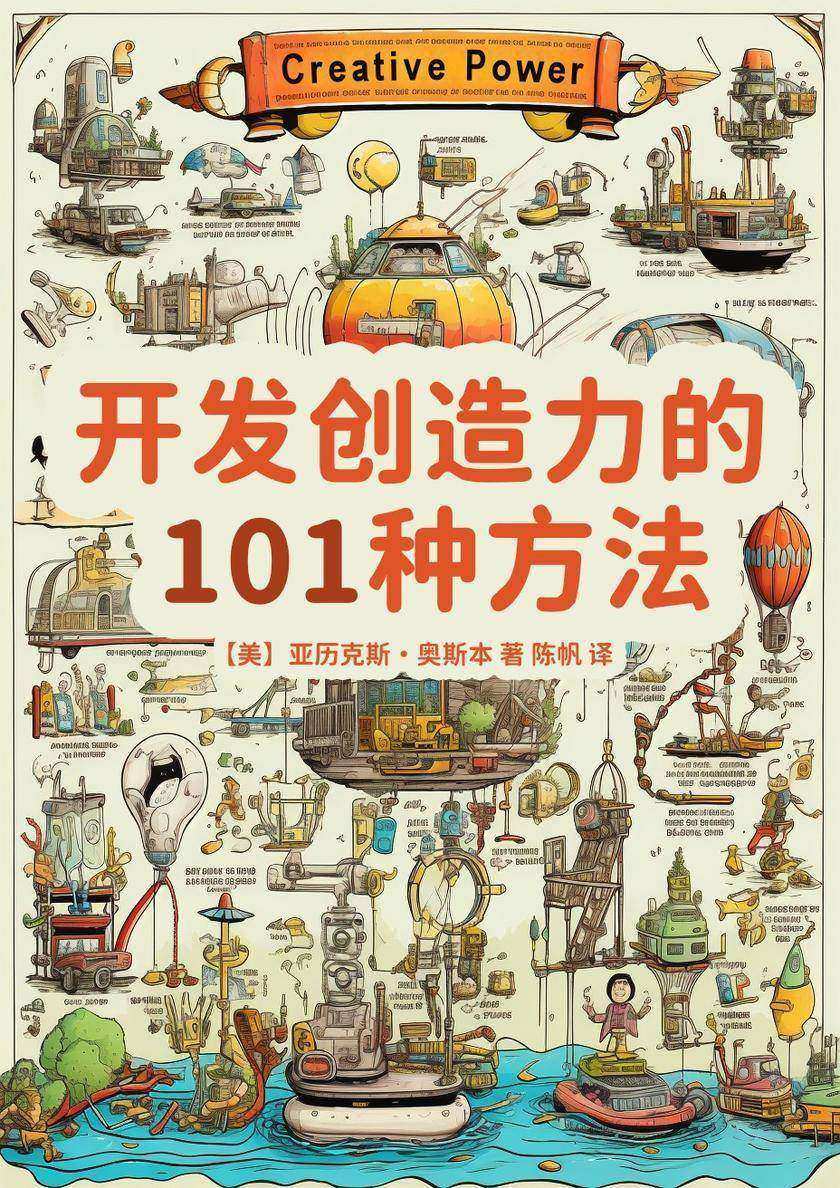
开发创造力的101个方法
¥11.99
“创造学”之父奥斯本经典著作之一。 本书是一本专注于培养个人创造力的指南。这本书提供了101种方法来激发和提升读者的创意思维能力。奥斯本在书中详细探讨了创造性思维的重要性,并给出了具体的实践建议,以帮助读者在日常生活中应用这些创意技巧。 奥斯本强调,每个人都能通过锻炼和适当的方法来培育他们的创造力。他倡导读者应该通过实际行动和开放的思维方式来激发内在的创新潜能。 此外,本书也讨论了创意思维的商业应用,强调创造性问题解决对于现代商业和管理实践的重要性。他通过提供具体的例子和策略,说明了如何在职场中有效地利用创造力来提升效率和实现创新。 因此,本书不仅是一本关于个人发展的书籍,它还深入探讨了创造力如何影响和改善我们的工作和生活,并为读者提供了一系列可操作的技巧和启示。

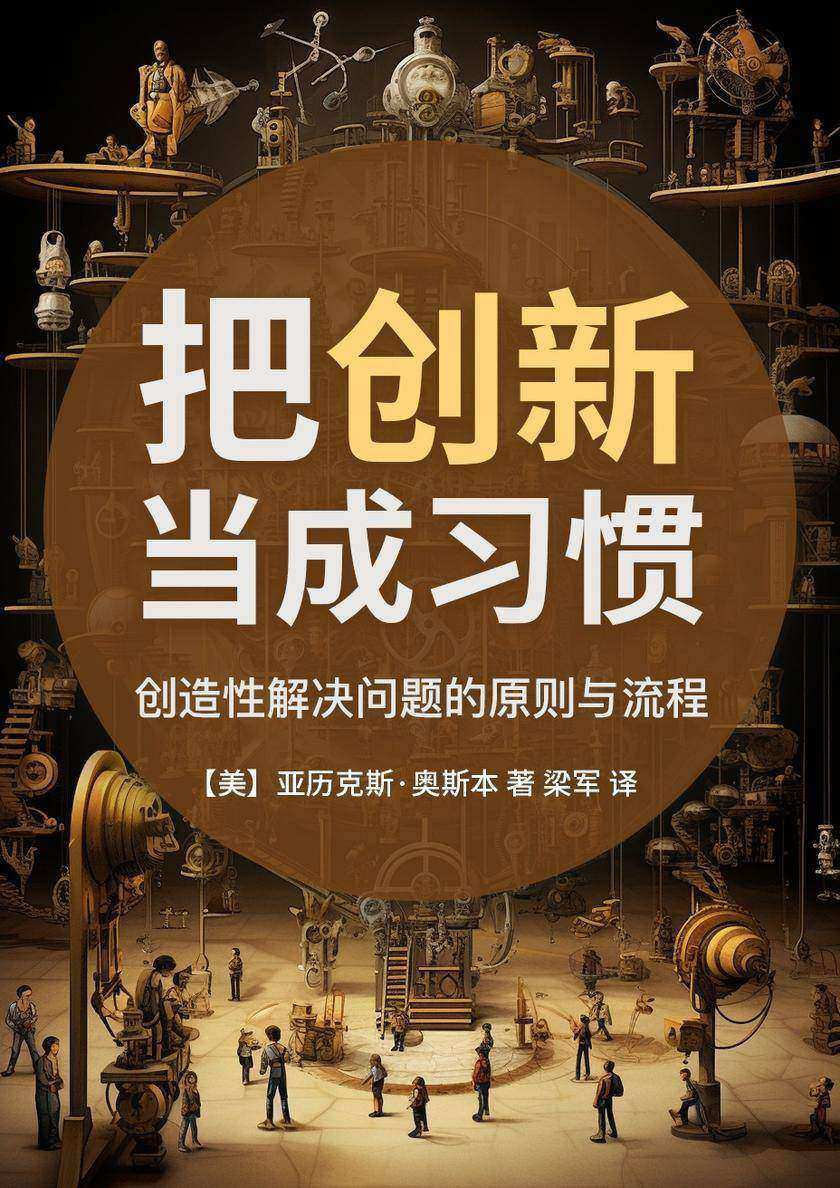
把创新当成习惯:创造性解决问题的原则与流程
¥11.99
“创造学”之父奥斯本经典著作之一。 本书是奥斯本撰写的一本关于创意思维的书。奥斯本是广告界的领军人物,他也是“头脑风暴”技术的提出者。这本书被认为是创意思维领域的重要著作之一。 书中详细探讨了创意的重要性以及如何在科学、职业生涯、领导力以及个人关系中发挥创意。奥斯本强调,每个人都具备想象力和创造力,而这些能力可以通过一系列方法得到培养和提高。在本书中,他详细探讨了可能抑制创造性的因素,以及如何通过系统化的过程来培养创意思维。 奥斯本的这本书对后来的创新和问题解决理论产生了深远的影响,成为了当时若干大学和大型企业实施创意教育的一本经典教材。它不仅适用于广告业,也适用于任何需要创新和创造性解决方案的领域。

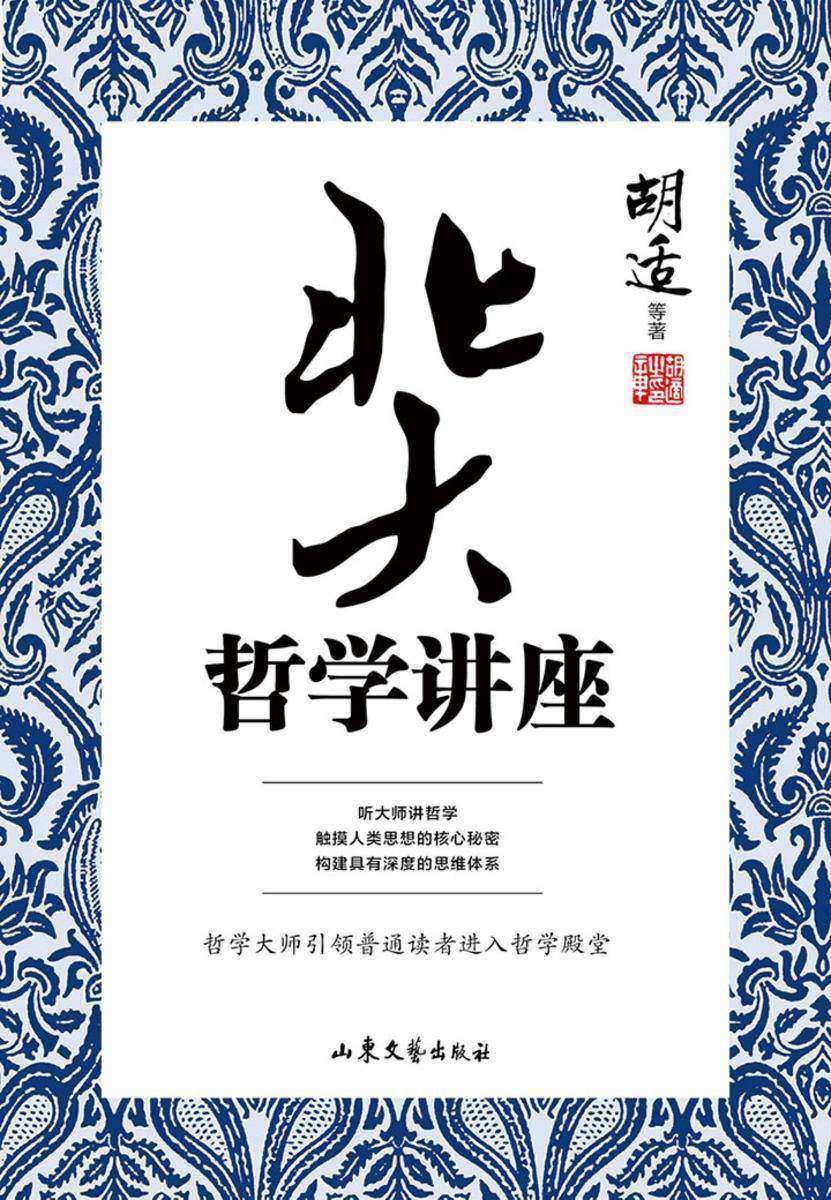
北大哲学讲座
¥11.99
哲学之学习,向称烦难,其内容之艰深、概念之难解、体系之庞杂,往往令初学者望而生畏,畏而却步。哲学之学习,又切切关乎我们每个个体的生活。古希腊哲人言:“未加审视的生活不值得过。”此之“审视”,便是哲学的思考、哲学的学习。 《北大哲学讲座》一书,精心选编了北大哲人的演讲稿,内容有的关乎人生的价值,有的关乎古今中外的哲学大家,有的关乎哲学思想之发展演进。一卷在手,便能对古今中外的哲学有大概的了解,又能对个别重要的哲学思想有深入之把握。 《北大哲学讲座》选编材料大都来自作者演讲稿,用的语言是直白的,讲的方式是深入浅出的,因此能避开一般哲学书籍“难读”之弊;又,本书作者,多系哲学领域巨擘,内容之权威、独到,亦可确保无虞。

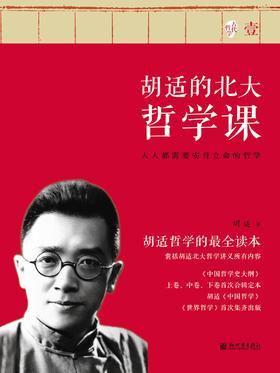
胡适的北大哲学课·壹
¥11.99
1917年7月,胡适受蔡元培之邀就任国立北京大学文科教授,讲授中国古代哲学史、中国名学、英文高等修辞学。胡适一边教学,一边编写教材。顾颉刚曾对同窗傅斯年推荐:“胡先生讲的的确不差,他有眼光、有胆量、有断制,确是一个有能力的哲学史家。” 自1919年至1937年间。胡适多次在北京大学讲授中国哲学史,而且主要是讲中古哲学史和近世哲学史,其中1919年2月出版的《中国哲学史大纲》(卷上)就是在讲义的内容基础上修定而成。胡适是首位采用了西方近代哲学的体系和方法研究中国哲学的人,由于他的出现,中国的思想史才初具规模。他在中国哲学史,甚至在各种专史和通史的研究方面,都是创性的,他觉得是中国哲学思想史的山鼻祖。 《胡适的北大哲学课》以胡适在北京大学的所有哲学讲义为母本,再综合胡适关于中国哲学的其他著作整理而成,力求为读者构建一个*全的胡适哲学体系,让读者*直的感受哲学大师的风采。

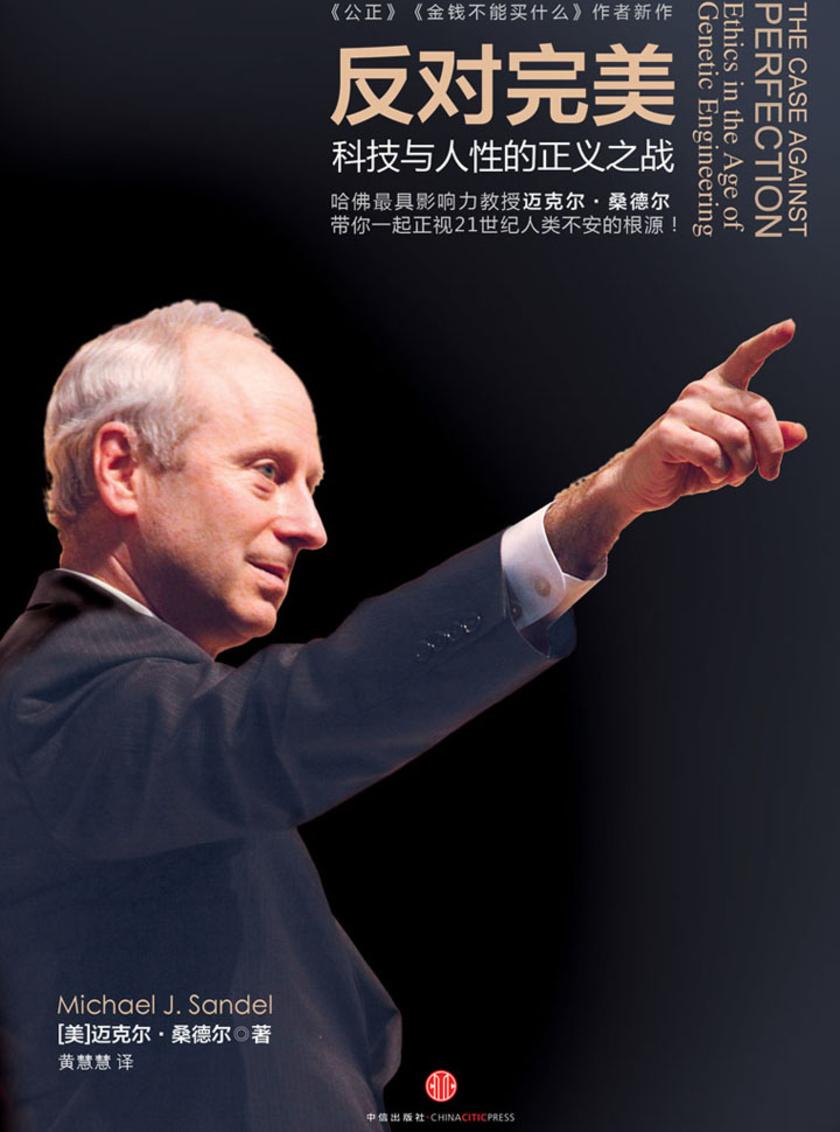
反对完美:科技与人性的正义之战
¥11.99
?《反对完美:科技与人性的正义之战》是哈佛大学教授桑德尔继《公正》、《金钱不能买什么》之后,又一次从社会热点入手,激发我们通过理性思考更深刻地把握现实问题的著作。 在书中,作者敏锐地指出,人类利用高科技手段追求完美正在成为一种愈演愈烈的趋势:父母将可以在基因超市中自由定制子女的先天特质;运动员将可以通过基因改造提升赛场表现;学生将可以通过服用记忆药片代替寒窗苦读……这究竟会带来个体的彻底解放,还是社会的无限混乱? 桑德尔指出,人类利用科技追求完美,貌似是大众的狂欢,实则蕴藏着深深的危机——维系人类社会的道德基础很可能坍塌,人类在宇宙间的地位也会错乱。在清晰的论证和简洁的语言中,我们将逐渐体会到在 “反对完美”立场的背后,作者对人在天地中位置的深刻思考,以及对人类命运的深切关怀。

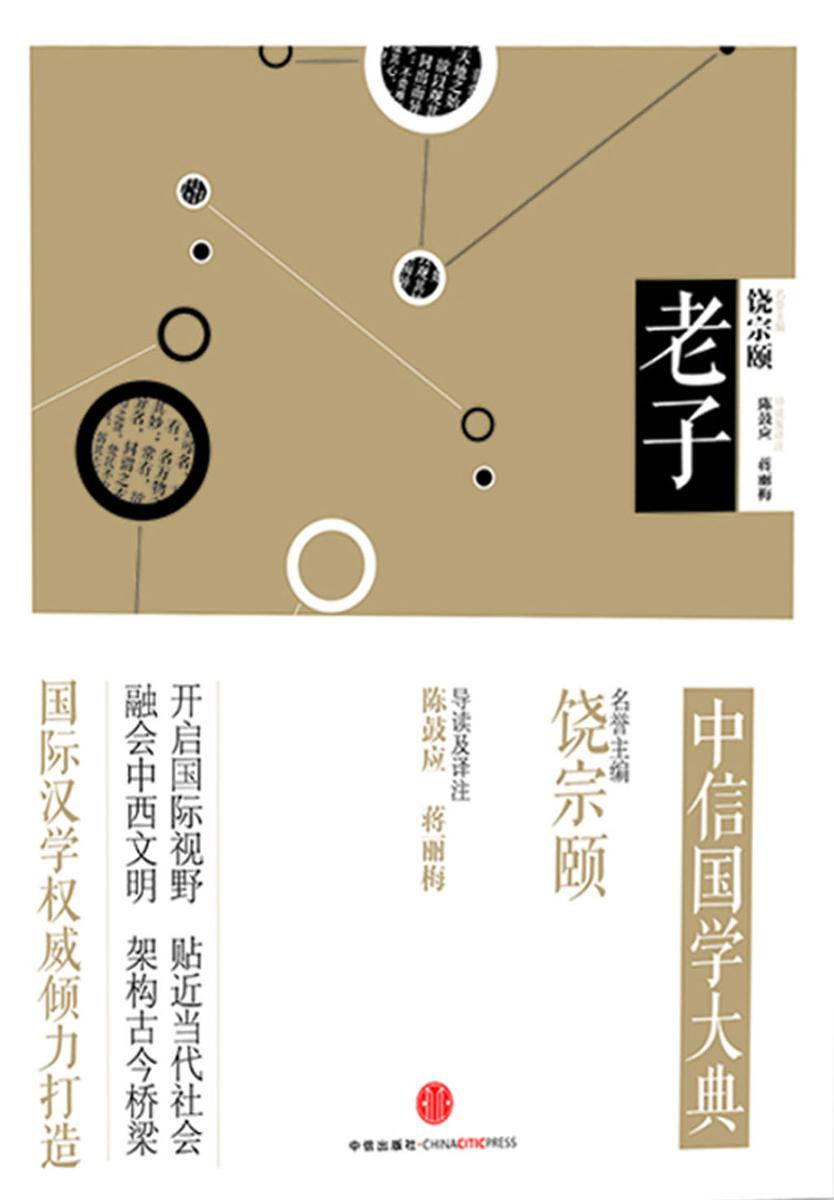
中信国学大典·老子
¥11.99
中信国学大典(50册)是中信出版社引进自香港中华书局的一套深具国际视野、贴近当代社会的中华传统文化经典藏书。中信国学大典延聘国学泰斗饶宗颐为名誉主编,邀请海内外知名国学家担任经典的选编、导读及译注。中信国学大典既收录了《论语》、《老子》、《孙子兵法》、《孟子》、《庄子》等不可不读、不可不知的中华经典名著,也囊括了《山海经》《诗经》《楚辞》《唐诗三百首》《宋词三百首》《元曲三百首》等耳熟能详的经典作品。 老聃是中国哲学的开山祖,其作品《老子》的精华是朴素的辨证法,主张无为而治。《老子》(又作《道德经》)以“道”解释宇宙万物的演变,以为“道生一,一生二,二生三,三生万物”,“道”乃“夫莫之命(命令)而常自然”,因而“人法地,地法天,天法道,道法自然”;“道”为客观自然规律,同时又具有“独立不改,周行而不殆”的永恒意义。流传两千多年的《老子》是跨时代作品,在不同的时代,被解释出不同的含义,其学说对中国哲学发展具有深刻影响。


经典逻辑思维名题365道
¥11.99
在启发逻辑思维的过程中,思维游戏起着至关重要的作用,是发展逻辑思维能力的一块敲门砖,它有利于锻炼大脑,启迪智慧,它在发人的潜在智力与拓宽思维的灵活性等方面扮演非常重要的角色。思维游戏通过激发人的思考兴趣,从而培养和提升人的推理力、分析力、观察力、注意力、想象力、记忆力和反应力。本书特别精选了逻辑思维游戏,从推理思维、应用思维、数学思维、探索思维、想象思维等方面全方位地提升读者的逻辑思维能力。 本书适合渴望使自己变得更聪明的青少年、急需提升逻辑思维能力的中小学生、喜欢领略思维游戏乐趣的上班族阅读。

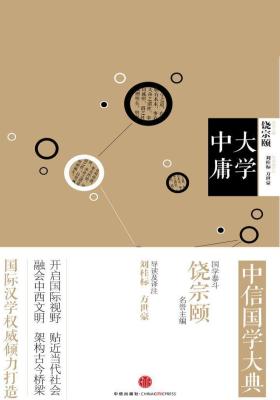
大学中庸
¥11.99
中信国学大典(50册)是中信出版社引进自香港中华书局的一套深具国际视野、贴近当代社会的中华传统文化经典藏书。中信国学大典延聘国学泰斗饶宗颐为名誉主编,邀请海内外知名国学家担任经典的选编、导读及译注。中信国学大典既收录了《论语》、《老子》、《孙子兵法》、《孟子》、《庄子》等不可不读、不可不知的中华经典名著,也囊括了《诗经》《楚辞》《唐诗三百首》《宋词三百首》《元曲三百首》等耳熟能详的经典作品。 《楚辞》和唐诗、宋词一样,具有高度的文学性,能使当代读者滋生永恒不变的审美愉悦。 《大学》讲大学之道,虽远在先秦时代,但它的道理却有永恒而普遍的价值,值得现代人好好学习。它的教训可以用以下的话概括:“万丈高楼从地起,为学做人同一理。”《中庸》说的便是中国人教人立志发心,教人做君子、做圣人的教育。《中庸》说尽性立诚,就是要去除人心中夹杂的羡慕和卑屈,然后做一个堂堂正正的君子,成就自己,成就别人,成就世界。《中庸》对今天的中国人是别具意义的。

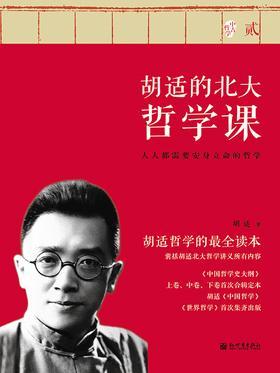
胡适的北大哲学课·贰
¥11.99
1917年7月,胡适受蔡元培之邀就任国立北京大学文科教授,讲授中国古代哲学史、中国名学、英文高等修辞学。胡适一边教学,一边编写教材。顾颉刚曾对同窗傅斯年推荐:“胡先生讲的的确不差,他有眼光、有胆量、有断制,确是一个有能力的哲学史家。” 自1919年至1937年间。胡适多次在北京大学讲授中国哲学史,而且主要是讲中古哲学史和近世哲学史,其中1919年2月出版的《中国哲学史大纲》(卷上)就是在讲义的内容基础上修定而成。胡适是首位采用了西方近代哲学的体系和方法研究中国哲学的人,由于他的出现,中国的思想史才初具规模。他在中国哲学史,甚至在各种专史和通史的研究方面,都是创性的,他觉得是中国哲学思想史的山鼻祖。 《胡适的北大哲学课》以胡适在北京大学的所有哲学讲义为母本,再综合胡适关于中国哲学的其他著作整理而成,力求为读者构建一个*全的胡适哲学体系,让读者*直的感受哲学大师的风采。




 购物车
购物车 个人中心
个人中心



